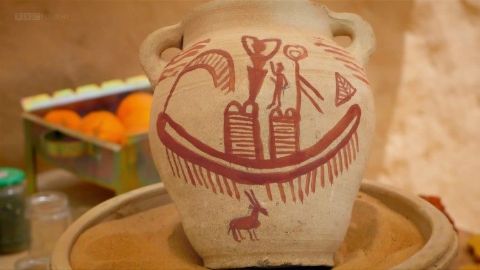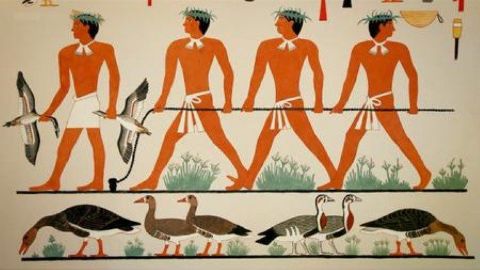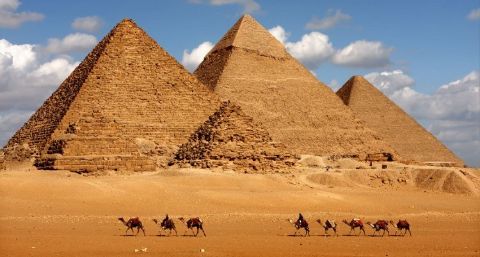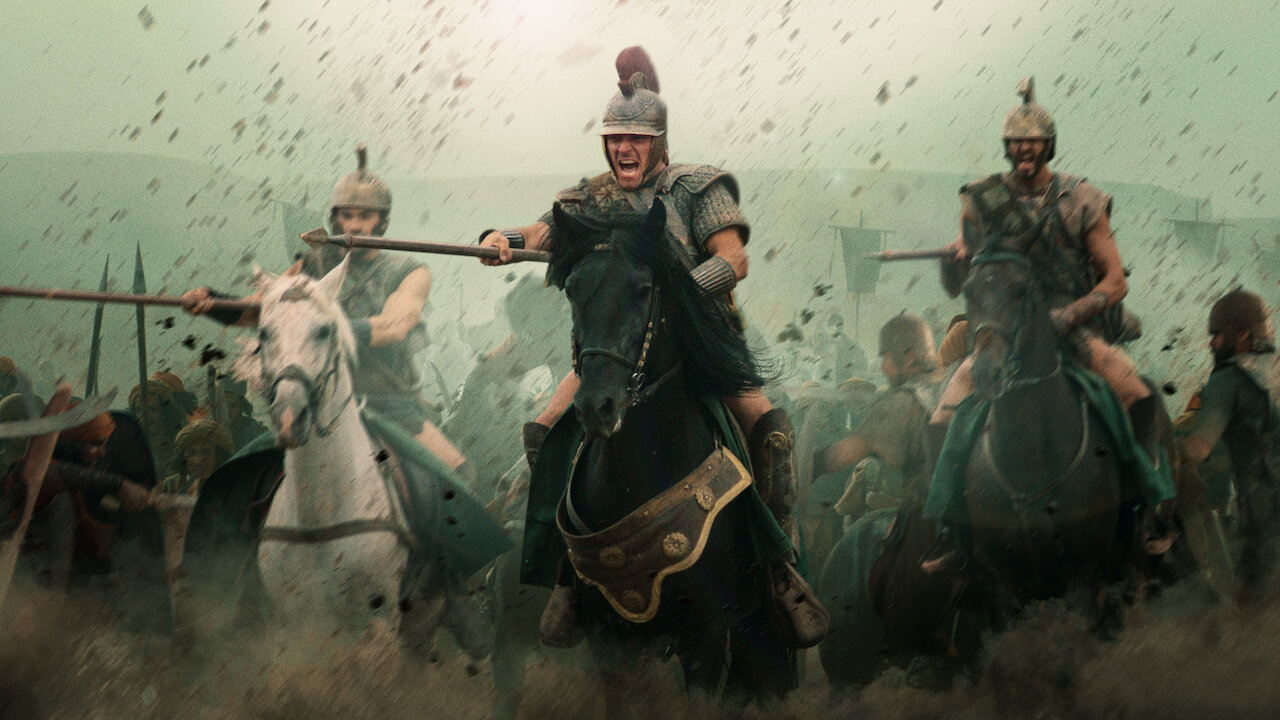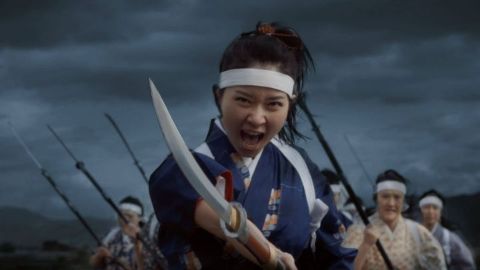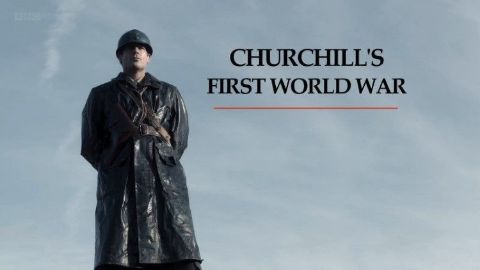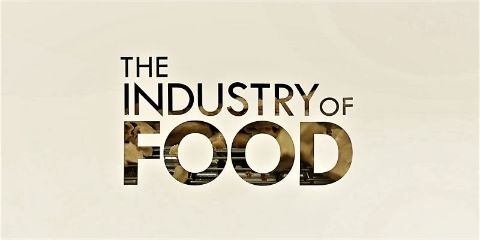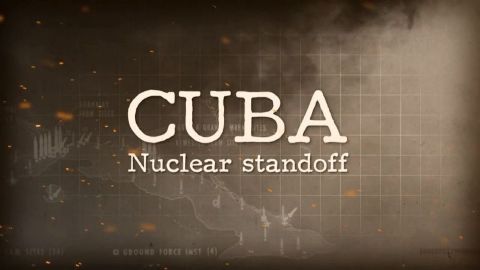A New Dawn • 2014 • episode "S1E3" • Treasures of Ancient Egypt
Alastair concludes the epic story of Egyptian art by looking at how, despite political decline, the final era of the Egyptian Empire saw its art enjoy revival and rebirth. From the colossal statues of Rameses II that proclaimed the pharaoh's power to the final flourishes under Queen Cleopatra, Sooke discovers that the subsequent invasions by foreign rulers from the Nubians to Alexander the Great and the Romans produced a new hybrid art full of surprise. He also unearths a seam of astonishing satirical work, produced by ordinary men, that continues to inspire Egypt's graffiti artists today.
Make a donation
Buy a brother a hot coffee? Or a cold beer?
Hope you're finding these documentaries fascinating and eye-opening. It's just me, working hard behind the scenes to bring you this enriching content.
Running and maintaining a website like this takes time and resources. That's why I'm reaching out to you. If you appreciate what I do and would like to support my efforts, would you consider "buying me a coffee"?
Donation addresses
BTC: bc1q8ldskxh4x9qnddhcrgcun8rtvddeldm2a07r2v
ETH: 0x5CCAAA1afc5c5D814129d99277dDb5A979672116
With your donation through , you can show your appreciation and help me keep this project going. Every contribution, no matter how small, makes a significant impact. It goes directly towards covering server costs.
